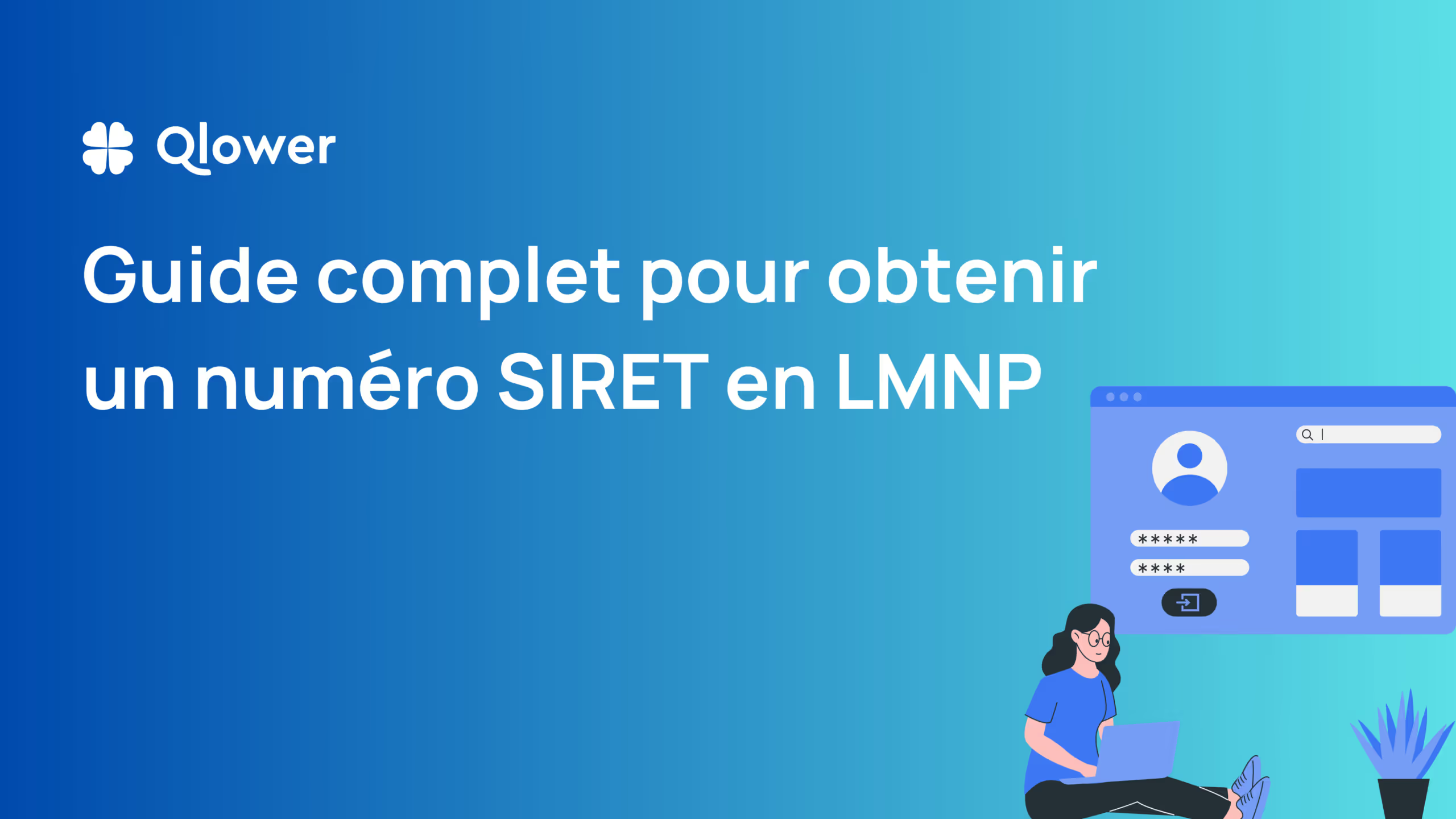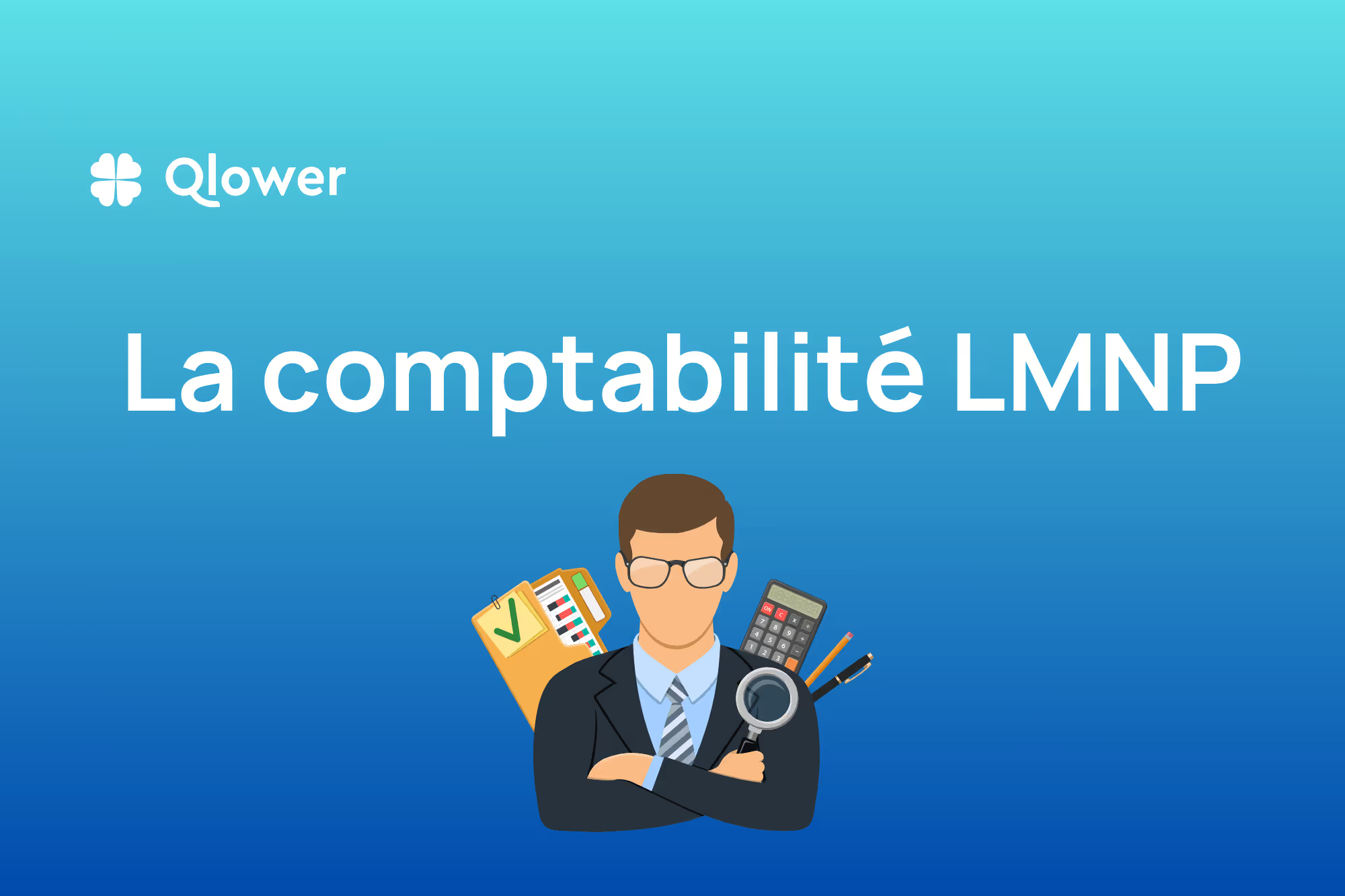Complete guide to get a SIRET number in LMNP
Non-Professional Furnished Rental (LMNP) has become an increasingly popular option for owners, investors and tenants, especially in large and medium-sized cities.
This guide aims to guide you through every Step of creating your LMNP status, starting with an essential step: understanding and completing the activity creation form, formerly called P0i form. Whether you are a beginner or an experienced investor, this guide will help you navigate this process, highlighting key aspects and best practices to follow.
Step 1: understand and complete the activity declaration form (e.g. P0i)
The activity declaration form, formerly known as P0i, is now available online and is a key step in creating your LMNP status. This form, now managed by the INPI, collects important information about the declarant, the real estate concerned, and the nature of the rental activity. It is essential to provide accurate information, including your identity, the address of the rented property, and the tax regime chosen for your business.
Details of the activity declaration form (ex-P0i) for LMNP
To access the activity declaration form, go to the INPI's electronic window for business formalities (Guichet Unique). This form replaces the P0i form and collects essential information to register your furnished rental activity. Be sure to fill out each section accurately, including correct information about your identity, the leased property, and the choice of your tax regime.
Common mistakes to avoid when filling out the form
Errors when completing the activity declaration form can cause delays or complications. Carefully review each section to avoid mistakes such as incorrect personal information, inaccurate real estate details, and an inappropriate selection of the tax regime.
Online support for the activity declaration form
To help you with the process of completing the online form, a variety of resources are available, including detailed guides and support services. In case of doubt, do not hesitate to consult a professional for specific advice.
Step 2: Selecting the right tax regime
Before starting thematriculation (to obtain the SIRET number) for your furnished rental business, make sure you choose the right tax regime. This decision will have a significant impact on the taxation of your rental income.
Real regime vs micro-BIC
As an LMNP, you have the option of choosing between the regime Micro-Bic and the Real BIC-Real. The micro-BIC simplifies tax management by offering a flat rate reduction of 50% on your rental income.
This reduction increases to 30% for furnished tourist rentals, but may be 51% for furnished tourist accommodation classified outside tense areas (however, if you exceed €15,000 in rental income, the reduction goes back to 30%).
This regime is suitable for those with zero taxation or deductible expenses that are less than the allowance limit. It is important to note that the micro-BIC does not allow the deduction of expenses and depreciation. For rental income exceeding €77,700 per year, the transition to the BIC-Réel regime is mandatory (in furnished rentals must be “classic” in opposition to furnished tourist rentals)
The BIC-Real regime, on the other hand, allows a complete deduction of all expenses related to your rental activity, including condominium fees, rental management fees, and financing expenses. Very often, this regime makes it possible to eliminate the taxation of rental income for several years.
How do you choose the optimal tax regime?
If your expenses are greater than 50% of your rental income, the real regime will be more interesting than the Micro BIC, 30% for tourist rentals.
Step 3: Interaction with the Corporate Tax Department (SIE)
Once the activity declaration has been made via the INPI, you will receive a “Memento Fiscal” containing the information of your activity and in particular your SIRET number. Thanks to your SIREN number (first 9 digits of the SIRET), you will have to create your tax.gouv professional space, from which you can easily interact with the competent SIE (business tax service).
Deadlines, costs and frequently asked questions about registration
The deadline for obtaining the SIRET number after completing the INPI information is generally very short. On the other hand, there is a longer period for the SIRE to register this SIRET in their database, this means that it is advisable to wait two weeks between obtaining the SIRET and the creation of the tax.gouv professional area, if you do it too soon, you could be blocked.
LMNP registration is free, but fees may be associated with certain services, such as tax reporting.
Documentation and administrative formalities for LMNP
Extensive list of required documents
To effectively manage your LMNP business, it is important to gather and keep several key documents up to date:
- Rental contracts for each rented property.
- Statements of rent and rental charges.
- Invoices and receipts for all rental expenses, including renovations and furniture purchases.
- Tax returns and tax notices.
- Proof of loans and loans related to real estate investment.
- Details of depreciation for rented properties.
- Property insurance and civil liability documents.
Specific forms and their filling
The process of tax declaration for LMNPs has been simplified through the use of online forms. In addition to the activity declaration form, other forms may be required depending on your tax regime (micro-BIC or BIC-real). It is crucial to complete these forms accurately to ensure correct and compliant tax reporting.
Frequently asked questions and problem solving
This section discusses some common questions and specific problems encountered in LMNP management, offering practical advice and solutions.
Management of several assets in LMNP
Managing several assets in LMNP requires careful organization and rigorous planning. It is essential to keep separate accounts for each property, to accurately track income and expenses, and to ensure that each property meets the criteria for furnished rentals. The use of accounting/real estate management software or the consultation of a chartered accountant specialized in LMNP can be useful to optimize the fiscal and administrative management of your assets.
Managing an LMNP business can present challenges, but it also offers numerous opportunities for real estate investors. By staying well-informed, managing your documentation effectively, and engaging professionals when needed, you can maximize the benefits of your furnished rental investment. Staying up to date on tax regulations and best practices is crucial to ensuring the success and profitability of your LMNP business.





